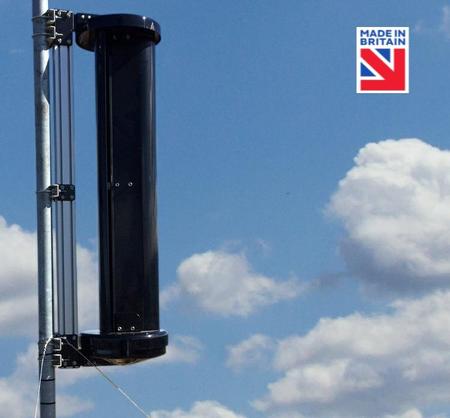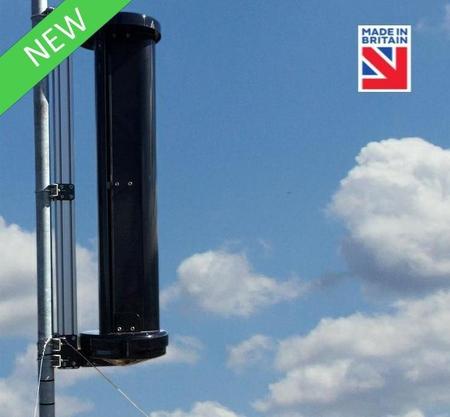Blog
Unlocking the Potential of Micro Wind Turbines for Sustainable Energy Solutions
As the global energy landscape evolves, the demand for sustainable and renewable energy solutions continues to rise. According to a report by the International Renewable Energy Agency (IRENA), wind power is projected to contribute to 35% of global electricity production by 2030. Among various wind energy technologies, Micro Wind Turbines have emerged as a promising solution, particularly in urban and rural settings where space and resources are limited. These small-scale turbines, typically generating between 100 watts to 10 kilowatts, offer a unique opportunity to harness wind energy in a decentralized manner, making them accessible to both residential and commercial installations.
The potential of Micro Wind Turbines goes beyond mere energy generation; they also play a crucial role in reducing greenhouse gas emissions and enhancing energy resilience. The Global Wind Energy Council (GWEC) notes that integrating micro wind technologies can significantly contribute to local energy independence and sustainability goals. With advancements in turbine design and efficiency, coupled with supportive policies and community awareness, Micro Wind Turbines are poised to unlock significant energy potential while promoting environmental stewardship. This blog will delve into the myriad benefits, challenges, and future outlook of Micro Wind Turbines in the context of sustainable energy solutions.
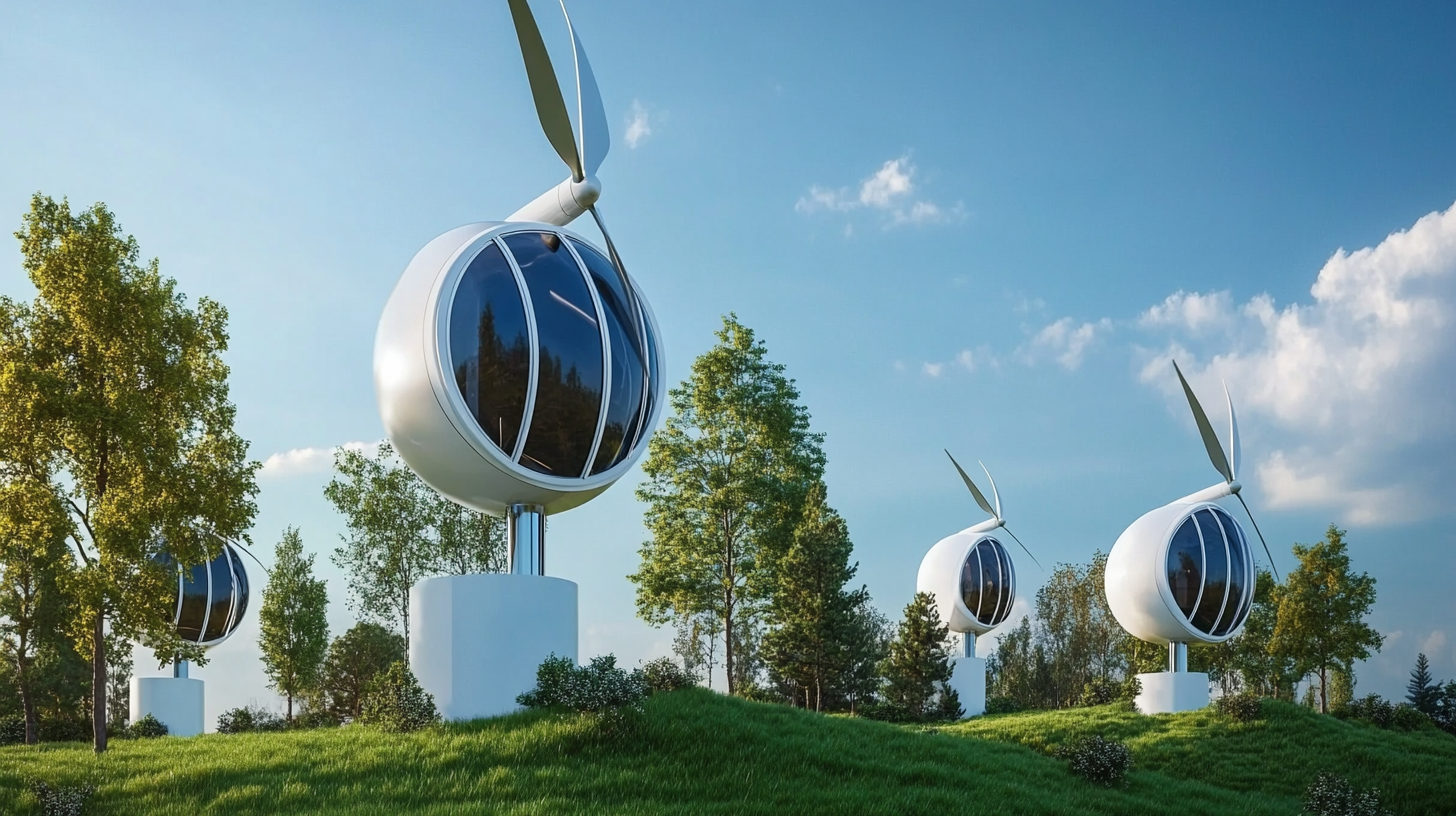
Understanding Micro Wind Turbines: What They Are and How They Work
Micro wind turbines represent an innovative solution for harnessing sustainable energy, tapping into the power of wind on a smaller scale. Unlike traditional wind turbines that require vast spaces and high wind speeds, micro wind turbines can be installed in urban areas, residential settings, and remote locations. Their compact design and quiet operation make them ideal for individuals and communities looking to integrate renewable energy into their lives without disrupting the local environment. These turbines operate on the same fundamental principles as larger models, using rotor blades to capture wind energy, which is then converted into electricity. Recent advancements in turbine technology, inspired by nature, have led to designs incorporating features that enhance efficiency. For instance, the usage of bio-inspired designs, such as those mimicking the flippers of humpback whales, has demonstrated potential in improving the aerodynamics of these systems. Such innovations enable micro wind turbines to operate effectively even in low-wind conditions, broadening their usability for sustainable energy solutions. Additionally, companies in the renewable energy sector are expanding their workforce in response to the growing demand for sustainable technologies. This increase in production capabilities signifies not only a commitment to enhancing green energy solutions but also a boost to local economies. As micro wind turbines continue to evolve, they hold promise for a more sustainable future, making renewable energy accessible to a broader audience.
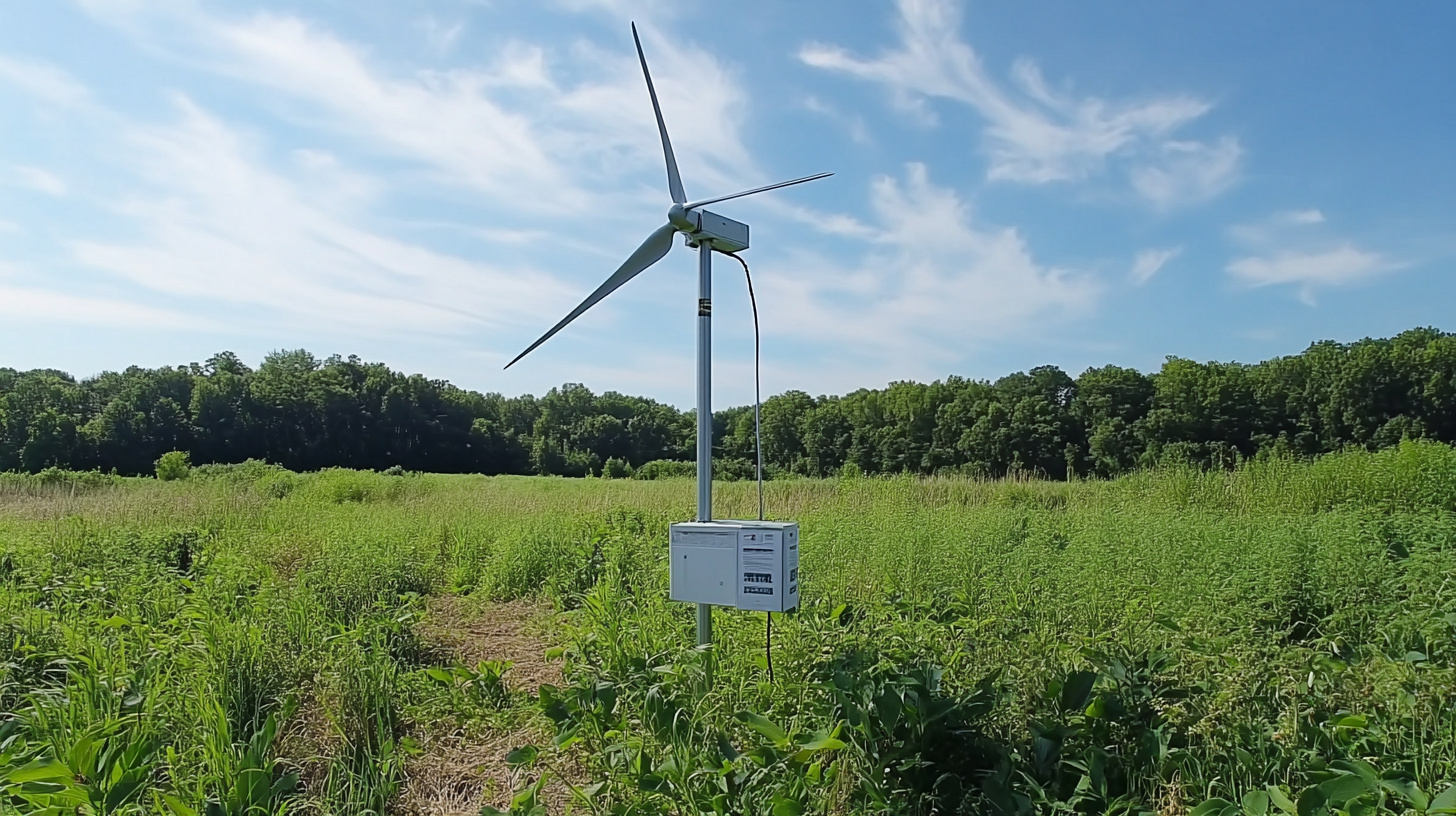
The Environmental Benefits of Micro Wind Turbines for Sustainable Energy
Micro wind turbines represent a promising avenue for harnessing renewable energy in a sustainable manner. These compact devices, typically installed in residential or small-scale commercial settings, offer numerous environmental benefits that align with the goals of reducing our carbon footprint. By generating clean electricity from wind, micro turbines help decrease reliance on fossil fuels, thus significantly lowering greenhouse gas emissions. This shift towards greener energy sources is crucial in combating climate change and promoting environmental sustainability.
Moreover, micro wind turbines can contribute to local biodiversity and habitat preservation. Unlike large wind farms that require extensive land use and can disrupt local ecosystems, these smaller turbines can be seamlessly integrated into existing landscapes, often installed on rooftops or within community spaces. Their smaller footprint minimizes the impact on wildlife, creating an energy solution that harmonizes with nature rather than competing with it. This aspect is particularly important in urban environments where conserving green spaces is essential for maintaining ecological balance.
In addition to their environmental advantages, micro wind turbines can also enhance energy security for individuals and communities. By generating their own electricity, users can reduce their utility bills and depend less on the grid, particularly in areas prone to power outages. This localized energy production not only empowers consumers but also contributes to a more resilient energy system. As we explore the potential of micro wind turbines, it becomes clear that they are a vital piece of the puzzle in building a sustainable energy future.
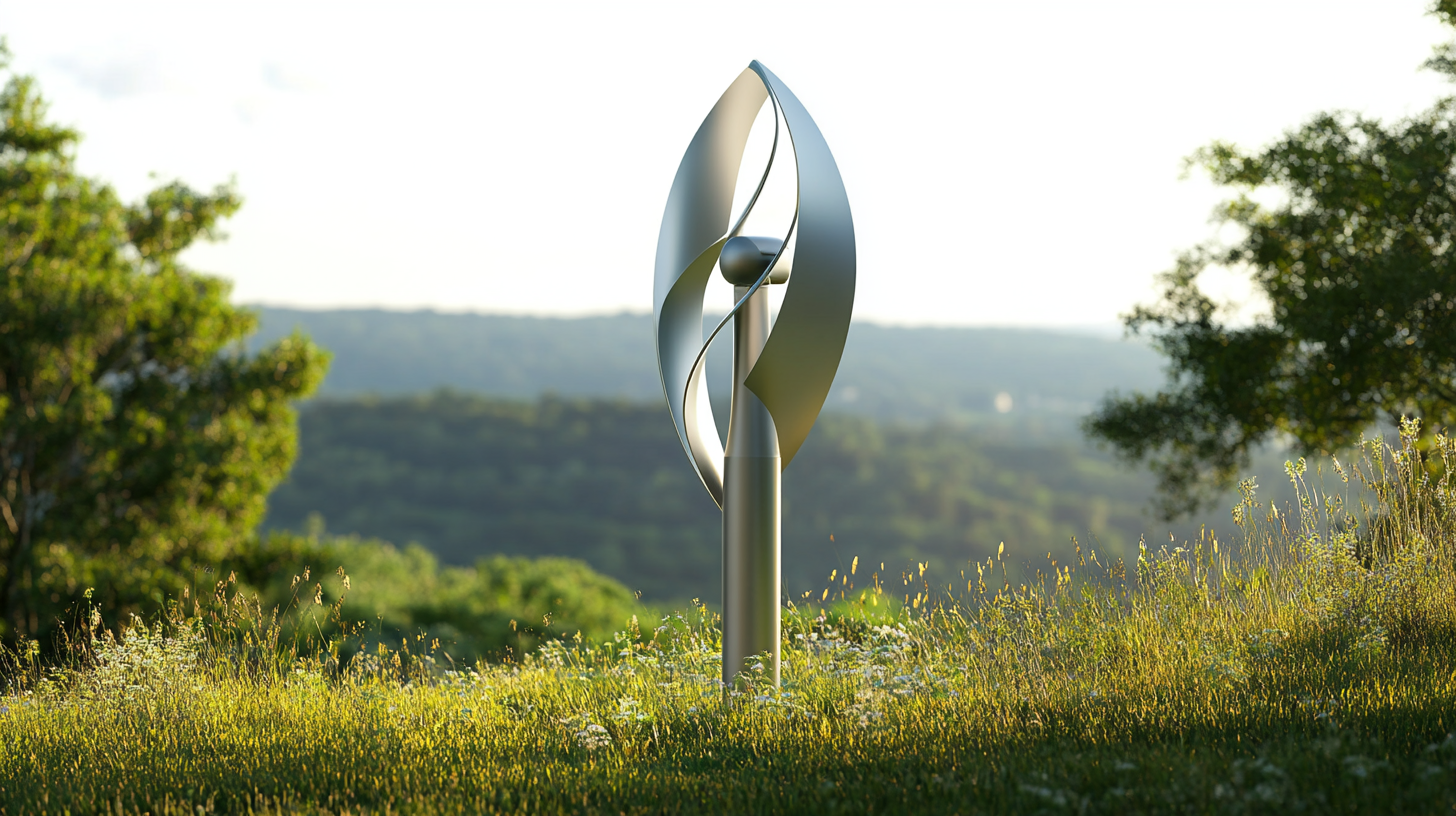
Challenges Facing the Adoption of Micro Wind Technology
Micro wind turbines hold significant promise for advancing sustainable energy solutions, particularly in rural areas where traditional energy infrastructure may be lacking. However, their adoption faces various challenges that must be addressed to unlock their full potential. One key hurdle is the integration of micro wind technology into existing renewable energy communities. The unique characteristics of these communities, including geographic diversity and varying energy needs, require tailored solutions that consider local resources and stakeholder perspectives.
Additionally, economic factors play a crucial role in the adoption of micro wind systems. The initial installation costs and maintenance of these turbines can be prohibitive for small-scale farmers or rural residents who may already face financial constraints. Moreover, inconsistent government policies and incentives can deter investment in micro wind projects. This is particularly relevant in regions where modern wind turbine technology has already reached optimal efficiencies, making it challenging for micro wind solutions to compete on cost.
Social acceptance is another critical aspect to consider. Community engagement is essential for fostering support for micro wind projects. Initiatives that include public education about the benefits of micro wind energy, and collaborative efforts to address local concerns, can significantly enhance adoption rates. As rural energy communities continue to grow, addressing these challenges will be pivotal in harnessing the full potential of micro wind technology as a sustainable energy source.
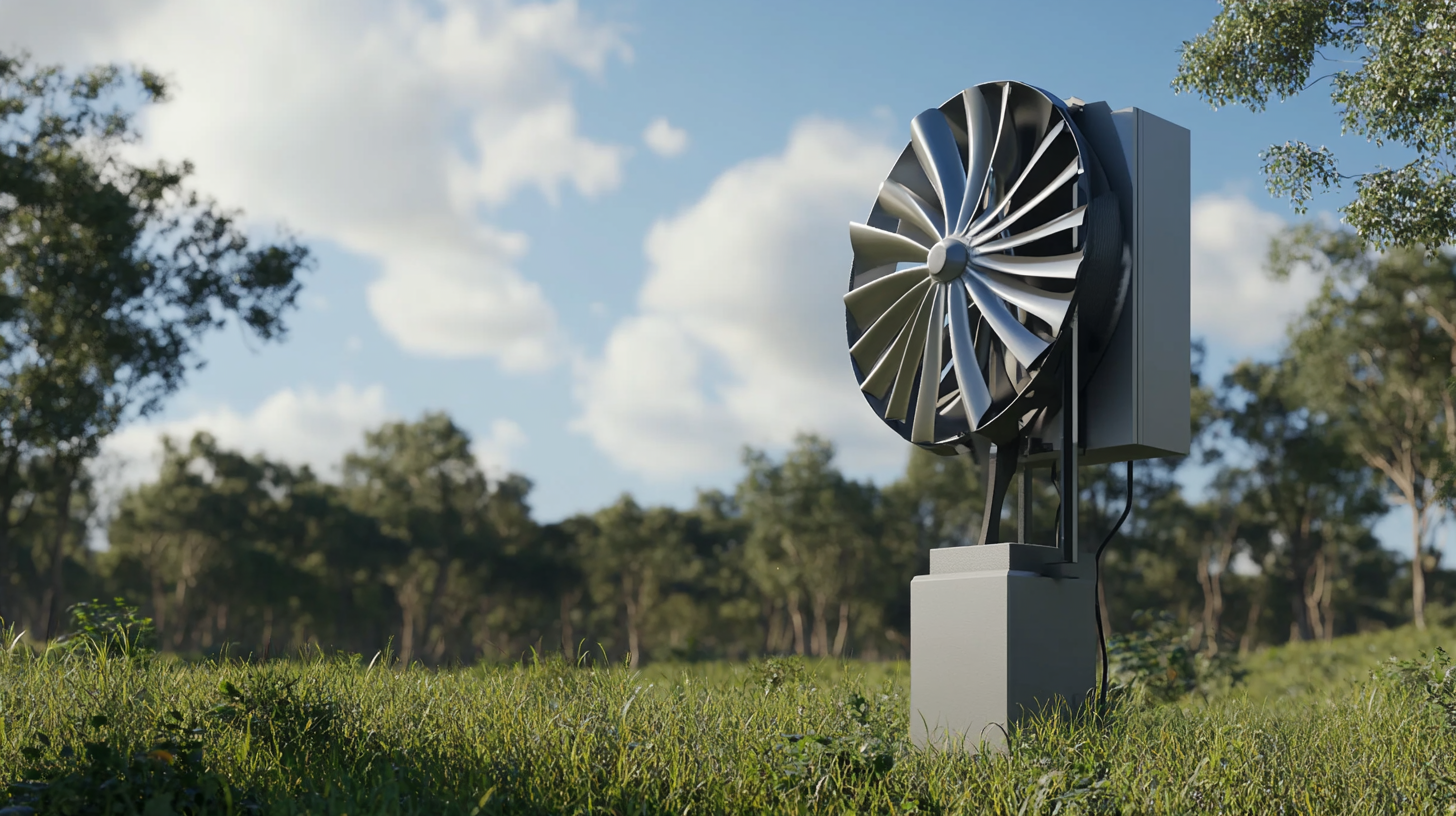
Innovative Applications of Micro Wind Turbines in Urban Settings
As urban areas continue to grow, the challenge of providing sustainable energy solutions becomes increasingly pressing. Micro wind turbines, which are compact and efficient, offer innovative applications that fit seamlessly into the urban landscape. These small-scale energy generators can be installed on rooftops, alongside buildings, or in small public spaces, harnessing the power of wind to contribute to the energy needs of cities while minimizing their carbon footprints.
One of the most exciting applications of micro wind turbines in urban settings is their integration into smart buildings. With their ability to generate energy on-site, these turbines can reduce reliance on the grid and promote energy independence. In addition, they can power smart technologies, such as energy-efficient lighting and climate control systems, enhancing the overall sustainability of urban environments. Moreover, combining micro wind with solar panels can create hybrid systems that optimize energy production regardless of weather conditions.
Micro wind turbines also foster community engagement and awareness around renewable energy. When installed in public parks or community centers, they serve as educational tools, showcasing the benefits of clean energy while inspiring residents to consider renewable options for their homes. This not only empowers individuals to take part in sustainability efforts but also cultivates a culture that values and prioritizes eco-friendly innovations. With their versatility and potential, micro wind turbines are set to play a crucial role in shaping the future of energy in urban areas.
Future Trends and Developments in Micro Wind Energy Solutions
The rise of micro wind turbines represents a crucial shift in how we harness renewable energy, particularly in the pursuit of sustainable solutions. As urban areas become more congested, the potential of micro wind energy sources is increasingly recognized. With an average capacity that can range from 1 kW to 10 kW, these turbines can be seamlessly integrated into residential and commercial spaces, offering a localized alternative to traditional energy sources. According to industry research, the global micro wind turbine market is expected to grow significantly, with a projected CAGR of over 18% by 2025. This growth reflects not only a technological shift but also a broader commitment to sustainable energy practices.
Future trends in micro wind energy solutions are likely to focus on innovation in turbine design and efficiency. Advanced materials and aerodynamic optimization are enabling manufacturers to produce smaller, yet more powerful turbines. Reports indicate that by 2024, the improvements in efficiency could potentially increase energy output by 30% compared to earlier models. Moreover, the integration of smart technology, such as IoT and cloud data platforms, will facilitate better performance monitoring and predictive maintenance, ensuring the turbines operate at peak efficiency.
As governments around the world push for carbon neutrality and energy transition strategies, micro wind turbines are positioned to play a vital role. The 2024 report on China's virtual power plant industry underscores the importance of distributed energy resources in achieving a greener grid. Micro wind solutions, coupled with solar installations, can complement each other effectively, providing a reliable energy mix that caters to varying energy demands while minimizing environmental impact. As we move toward 2025, the emphasis on tailoring energy solutions to local needs will become increasingly critical, highlighting the relevance of innovations in micro wind technology.
Tell us about your project
Our Off-grid experts will come back with recommendations





